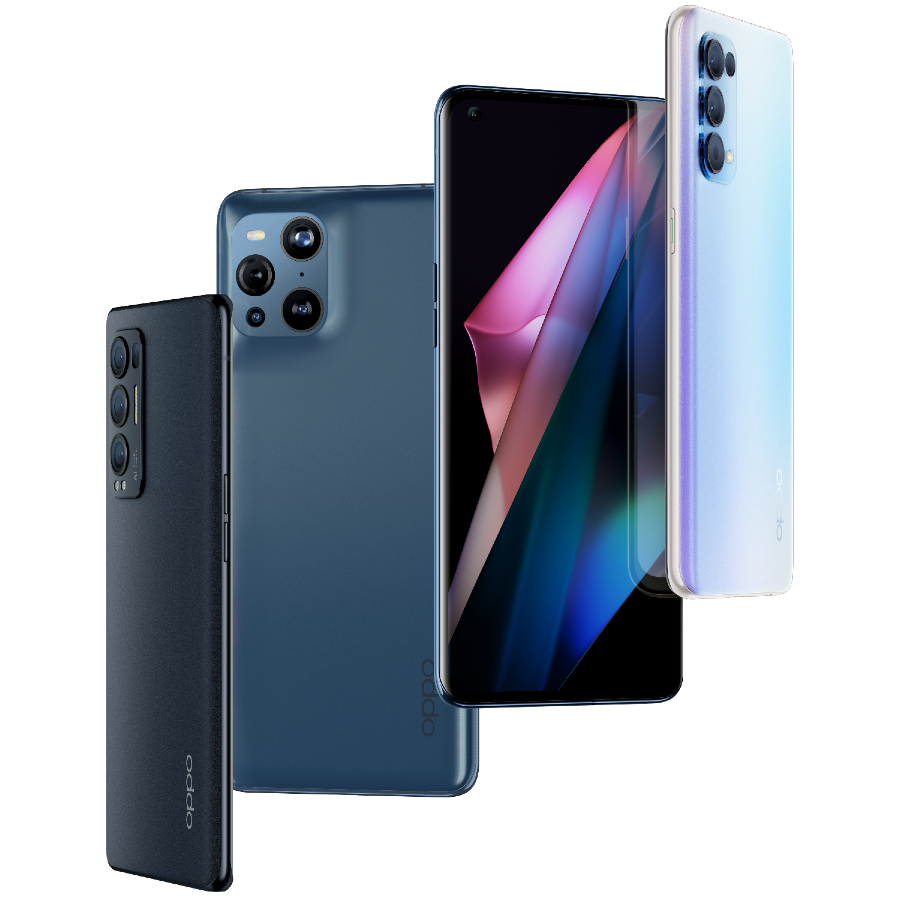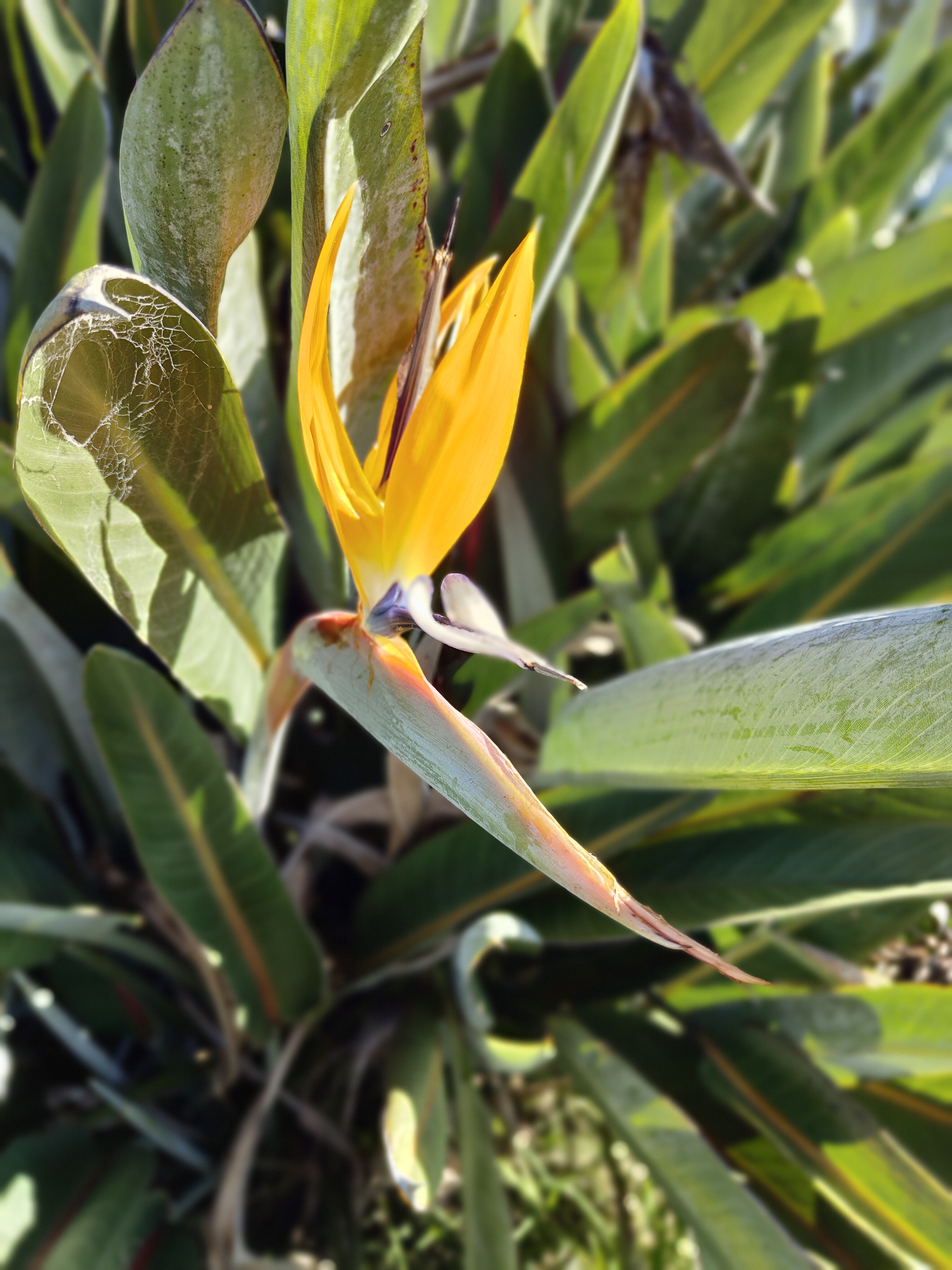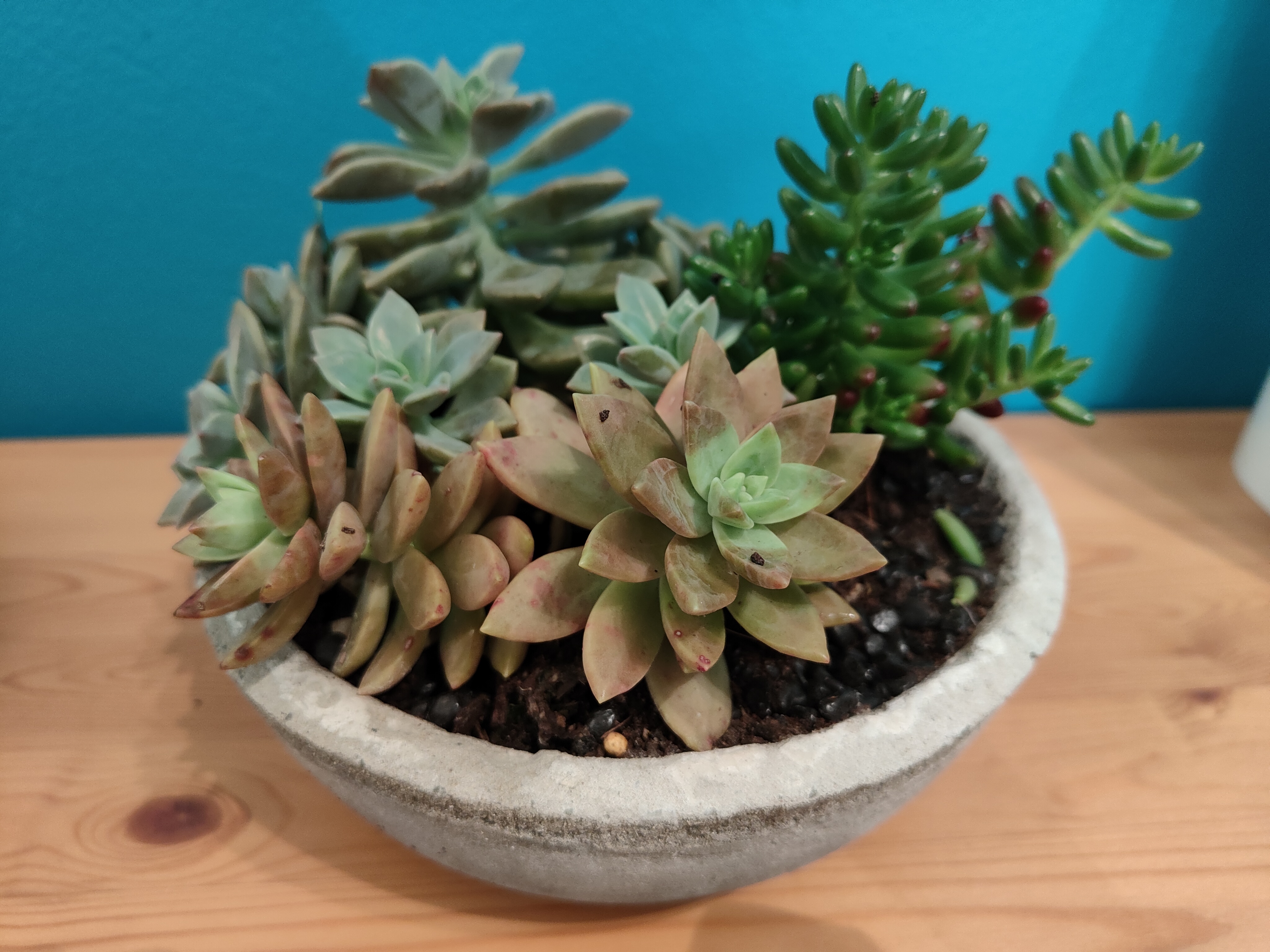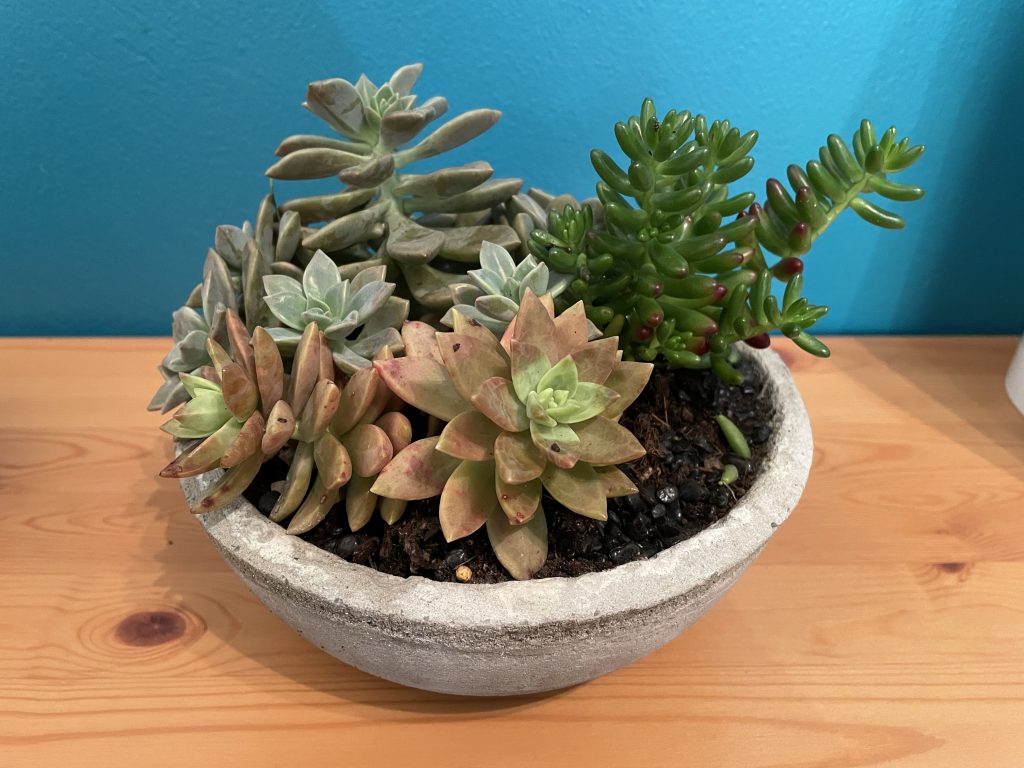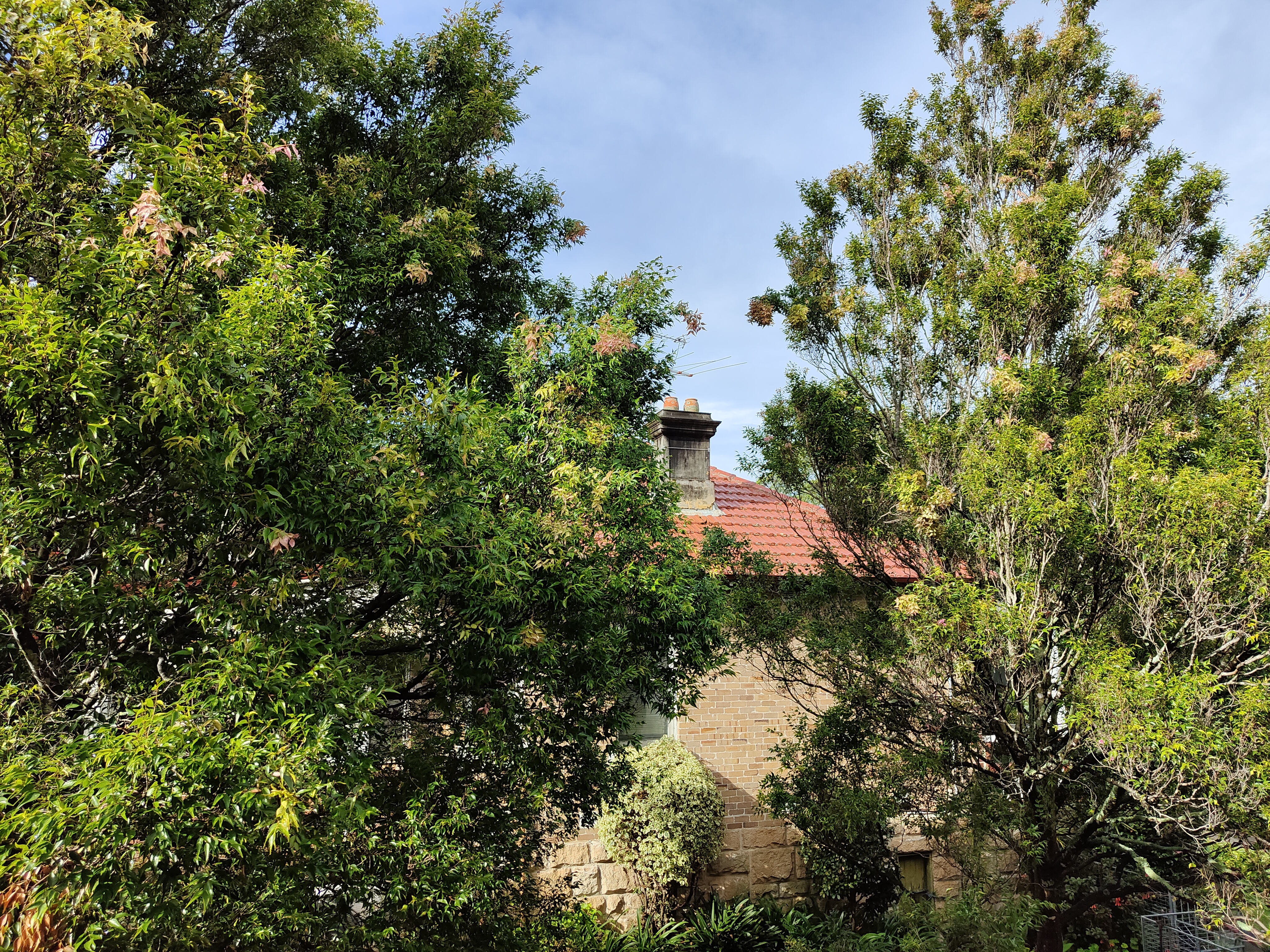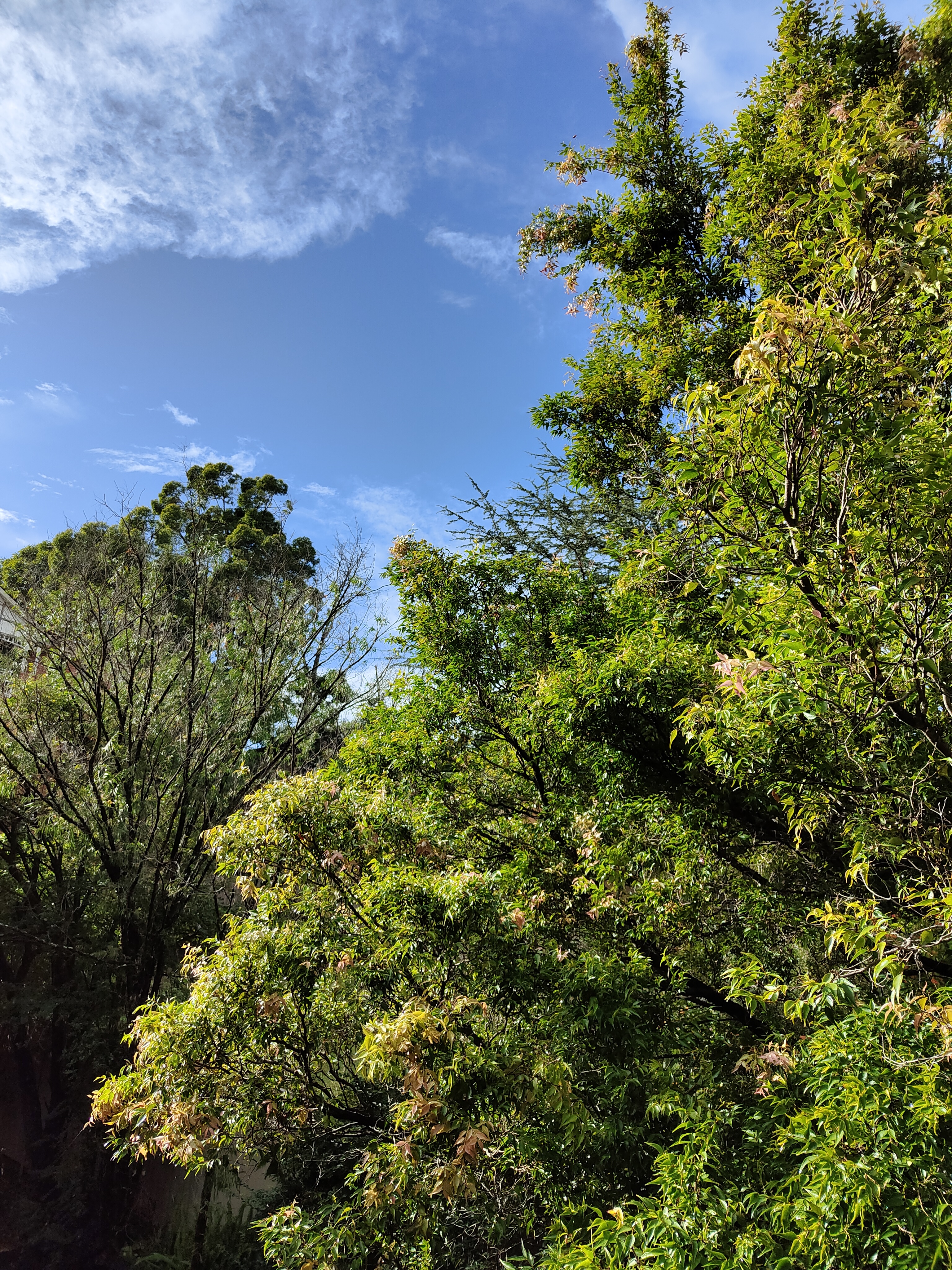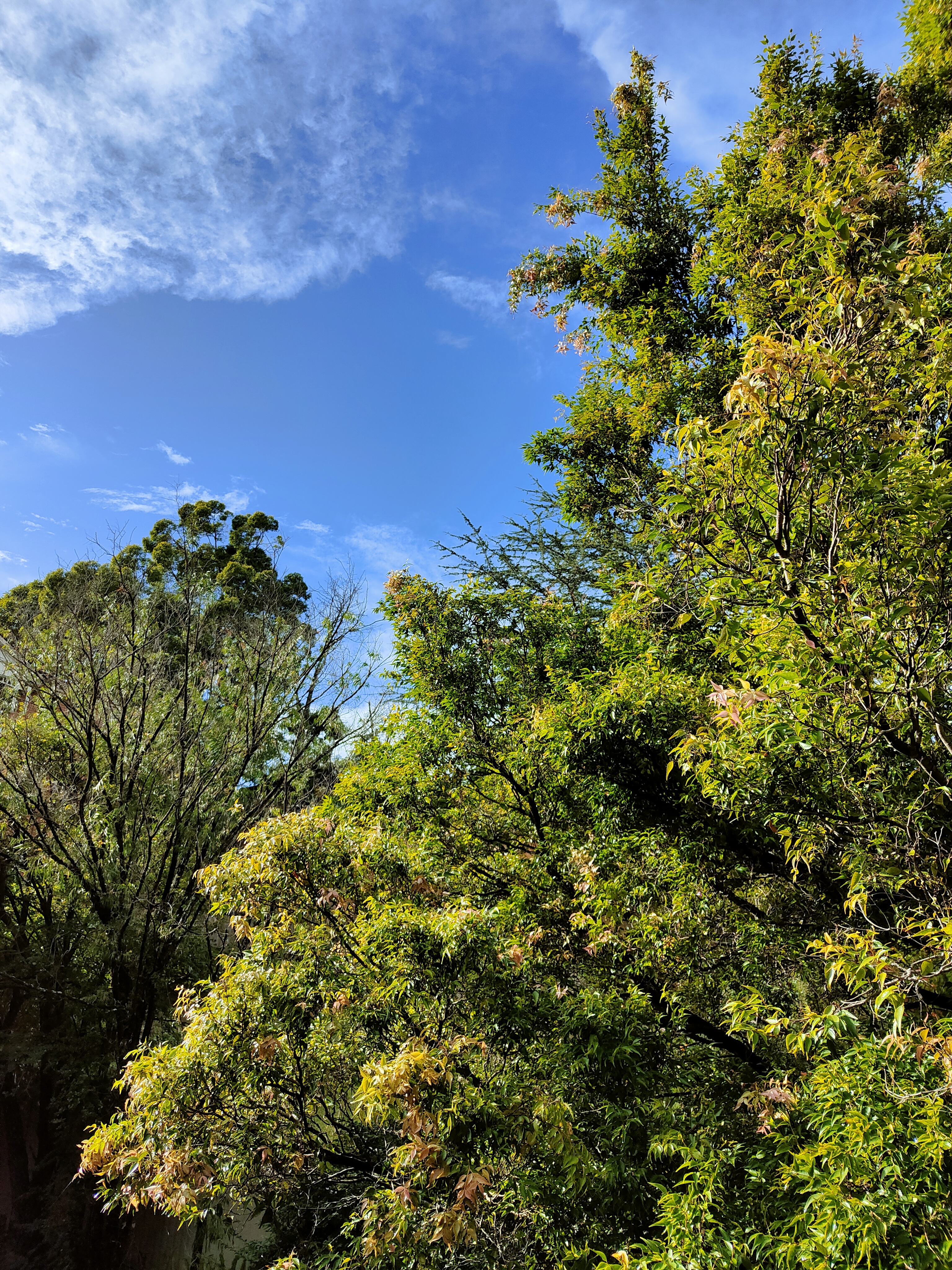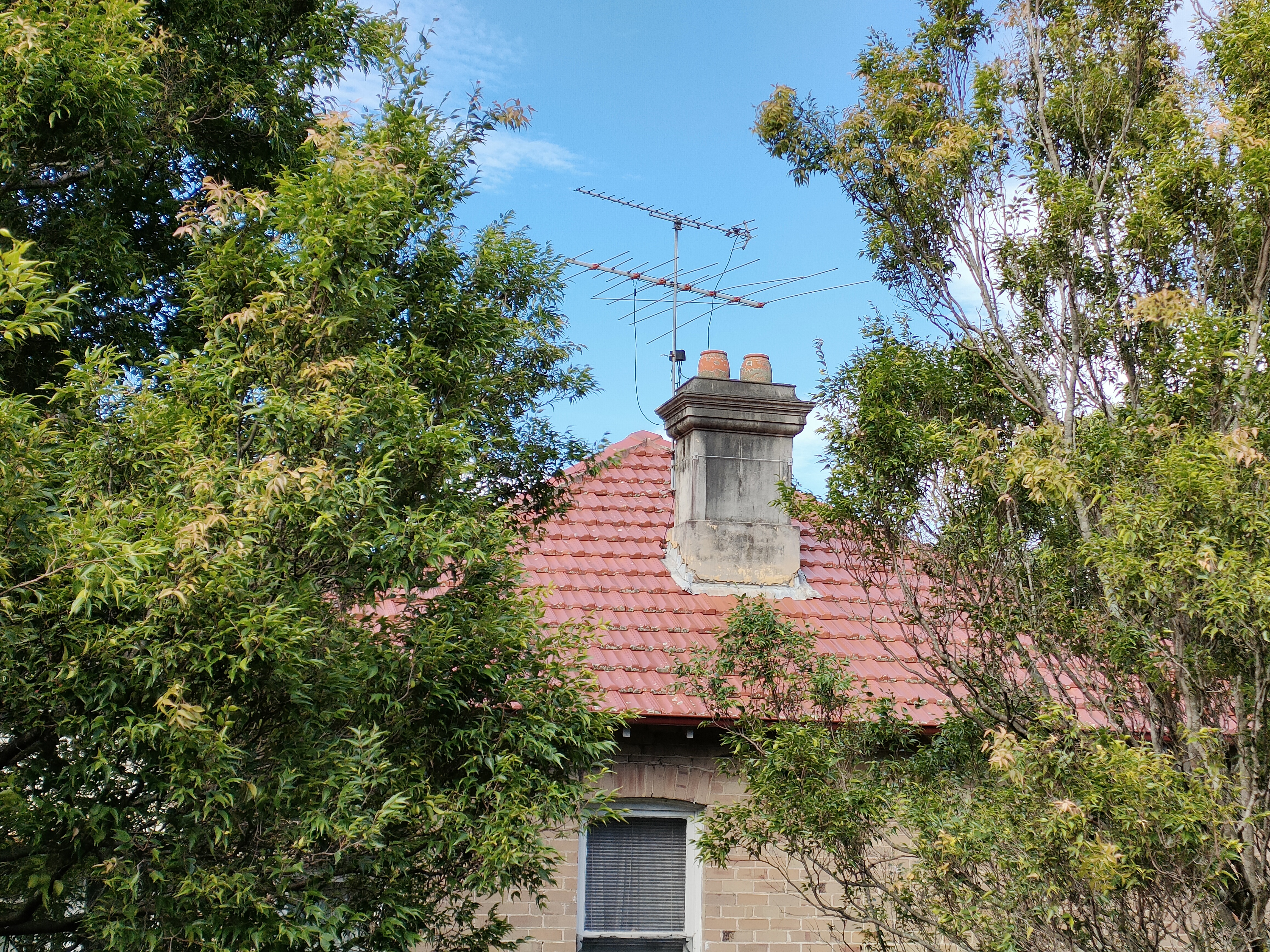Optus Mobile Review ALDI Mobile Review Amaysim Mobile Review Belong Mobile Review Circles.Life Review Vodafone Mobile Review Woolworths Mobile Review Felix Mobile Review Best iPhone Plans Best Family Mobile Plans Best Budget Smartphones Best Prepaid Plans Best SIM-Only Plans Best Plans For Kids And Teens Best Cheap Mobile Plans Telstra vs Optus Mobile Optus NBN Review Belong NBN Review Vodafone NBN Review Superloop NBN Review Aussie BB NBN Review iiNet NBN Review MyRepublic NBN Review TPG NBN Review Best NBN Satellite Plans Best NBN Alternatives Best NBN Providers Best Home Wireless Plans What is a Good NBN Speed? Test NBN Speed How to speed up your internet Optus vs Telstra Broadband ExpressVPN Review CyberGhost VPN Review NordVPN Review PureVPN Review Norton Secure VPN Review IPVanish VPN Review Windscribe VPN Review Hotspot Shield VPN Review Best cheap VPN services Best VPN for streaming Best VPNs for gaming What is a VPN? VPNs for ad-blocking Here, we’re breaking down the key features of the OPPO Find X3 Pro, Neo and Lite to help you decide which is right for you. For the Find X3 Pro, you can grab it through Telstra and Optus. Check out the most popular plans below. The Find X3 Neo and Find X3 Lite, on the other hand, both sport a shimmery, textured matte backing (made from glass in the Neo, plastic in the Lite). Both are stylish and comfortable to hold. The Find X3 Pro boasts an expansive 6.7-inch curved LTPO AMOLED display with a silky-smooth 120Hz refresh rate, HDR10+ support, and the ability to display one billion colours - the first Android phone to do so, in fact. On the Find X3 Neo, you’ll find a slightly smaller 6.55-inch curved AMOLED screen with a 90Hz refresh rate and HDR10+ support, while the Find X3 Lite rocks a 6.53-inch AMOLED display with a 90Hz refresh rate and no HDR support. When the OPPO Find X3 Pro was first revealed, we were excited to try the new 3MP microscope lens - the first of its kind in a smartphone. Paired with a 50MP wide lens, 50MP ultrawide lens and 13MP telephoto lens, it makes for one of the best camera setups you’ll ever see in a phone. We were truly impressed with some of the results. Now, for the differences. Unsurprisingly, the Find X3 Pro has pretty much every bell and whistle you’d hope for in a high-end phone. Think IP68 dust and waterproofing, 10W wireless charging and WiFi 6. It also houses a highly capable Snapdragon 888 5G chipset (the same found in the Samsung Galaxy S21 range), paired with 12GB of RAM, 256GB onboard storage and an Adreno 660 GPU. Together, it makes for an unbelievably snappy user experience. As the middle child, the Find X3 Neo does miss out on some of the Pro’s juiciest specs. You won’t find waterproofing or wireless charging, which is a shame given the still-high RRP of $1,199. Still, you’ll get WiFi 6, last year’s flagship Snapdragon 865 processor and the same 12GB of RAM and 256GB internal storage. Performance-wise, it’s almost identical to its higher-priced sibling. Given it’s less than half the cost of the Pro, it should come as no surprise that the Find X3 Lite comes with more than a few compromises. Like the Neo, there’s no waterproofing or wireless charging, but something it does have (that will make some people very happy), is the humble 3.5mm headphone jack. Under the hood, it runs on the mid-range Snapdragon 765G chipset with 8GB of RAM and 128GB storage. It’s nothing particularly special, but more than enough to handle your everyday tasks.
